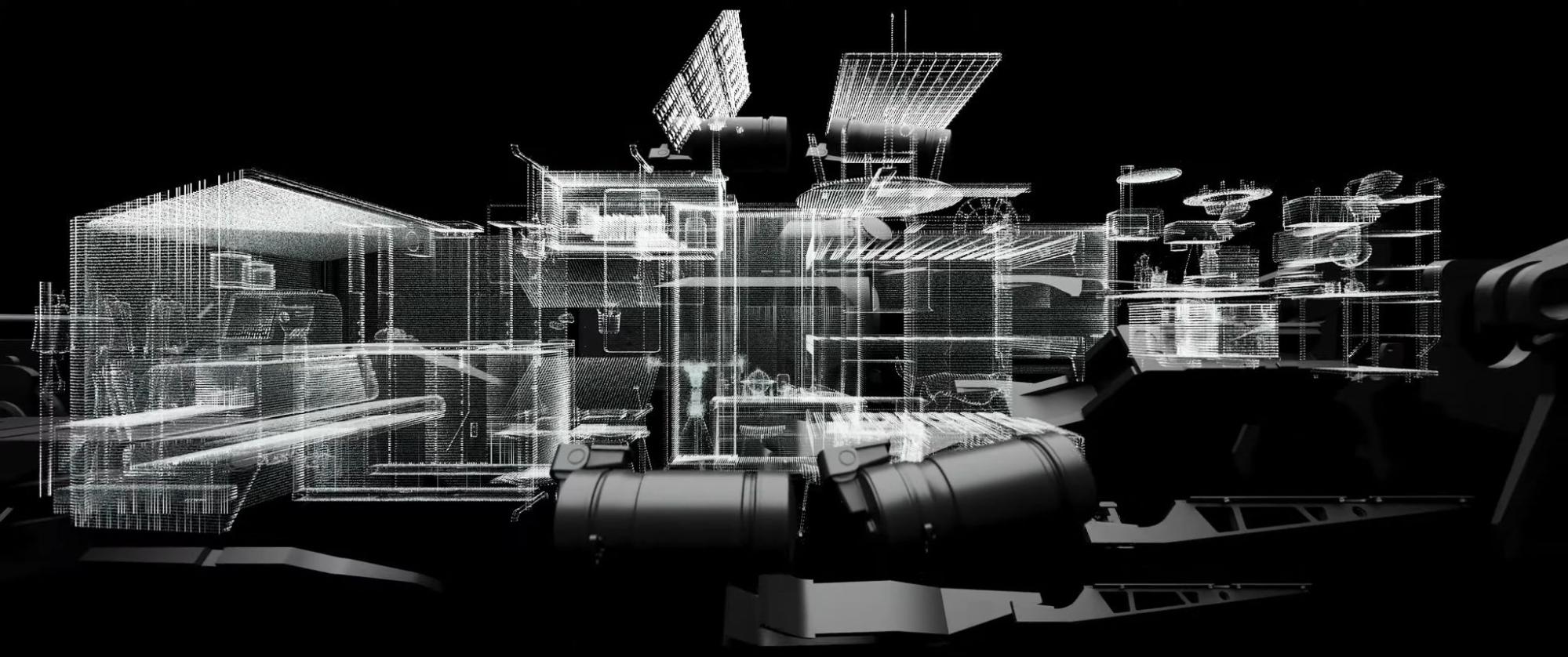Every era, industrial or technological, follows its own theory of time. Ours is defined not by continuity but by fragmentation, by perception compressed into computational instants. Architecture, long predicated on durability, sits uneasily within this condition. Lei Zhang’s work occupies precisely this tension. Through 1e-43, he approaches architecture as a temporal instrument, a structure that registers fluctuation rather than resists it. The studio’s name, drawn from the Planck time, signals a commitment to scales that lie beneath ordinary perception; it frames a practice attentive to micro-events rather than monumental form.
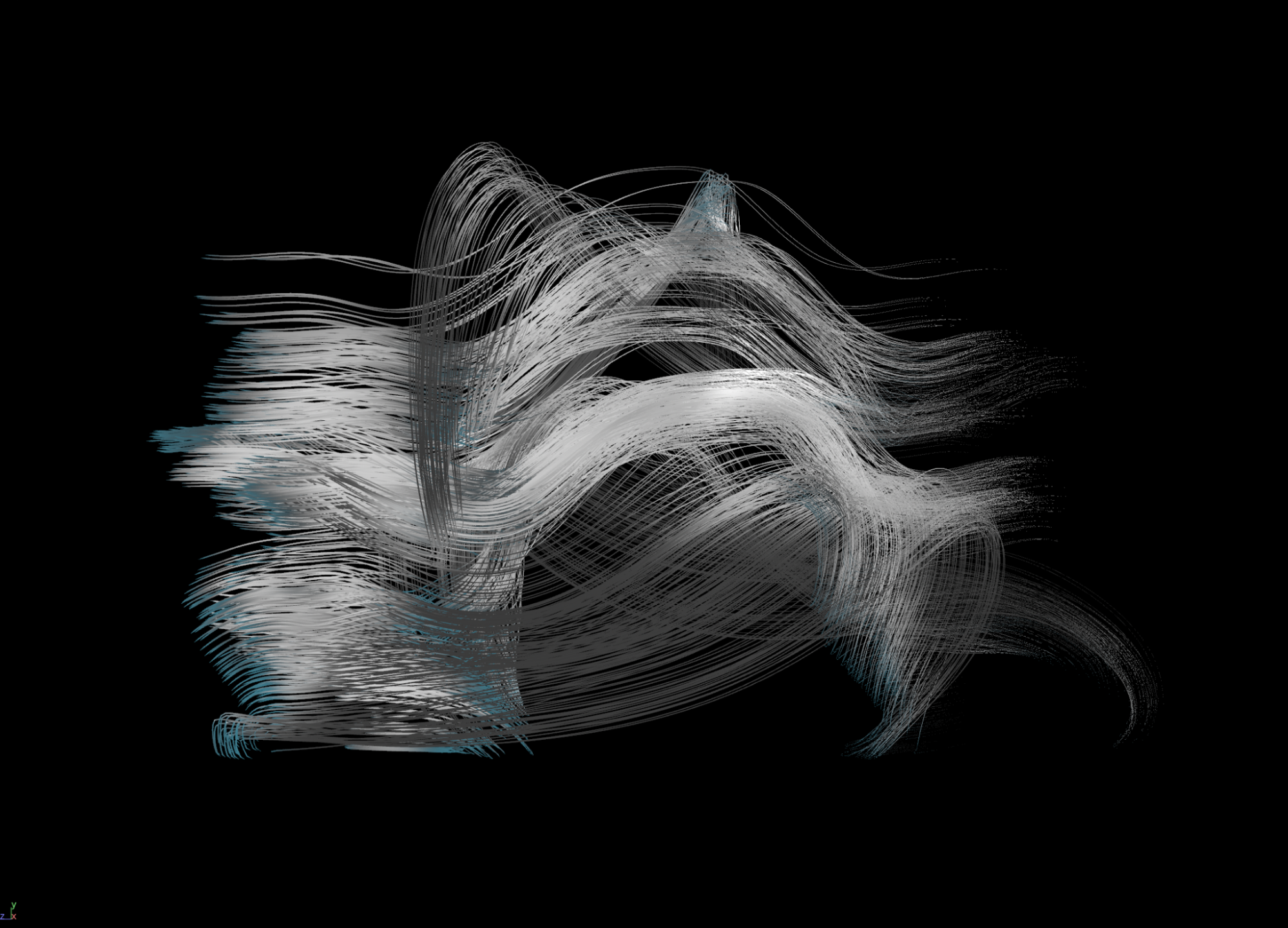
Where many computational designers employ digital systems to stabilise geometry, Zhang uses them to expose instability. This places his work adjacent to practitioners such as Hansmeyer or Oxman, yet distinct in its orientation: the interest is not generativity for its own sake, but the capacity of architecture to disclose its own becoming through simulated events.
In Zhang’s projects, computation operates less as a mechanism and more as an environment. Simulation is deployed to reveal patterns of erosion, drift and accumulation rather than to optimise or refine. The work diverges from parametric determinism and moves toward a computational ecology. Magnetic deviation, corrupted datasets, sensor distortion—these are recast as architectural matter. In a design culture that often strives for seamlessness, Zhang’s foregrounding of interference reads as both methodological and critical.
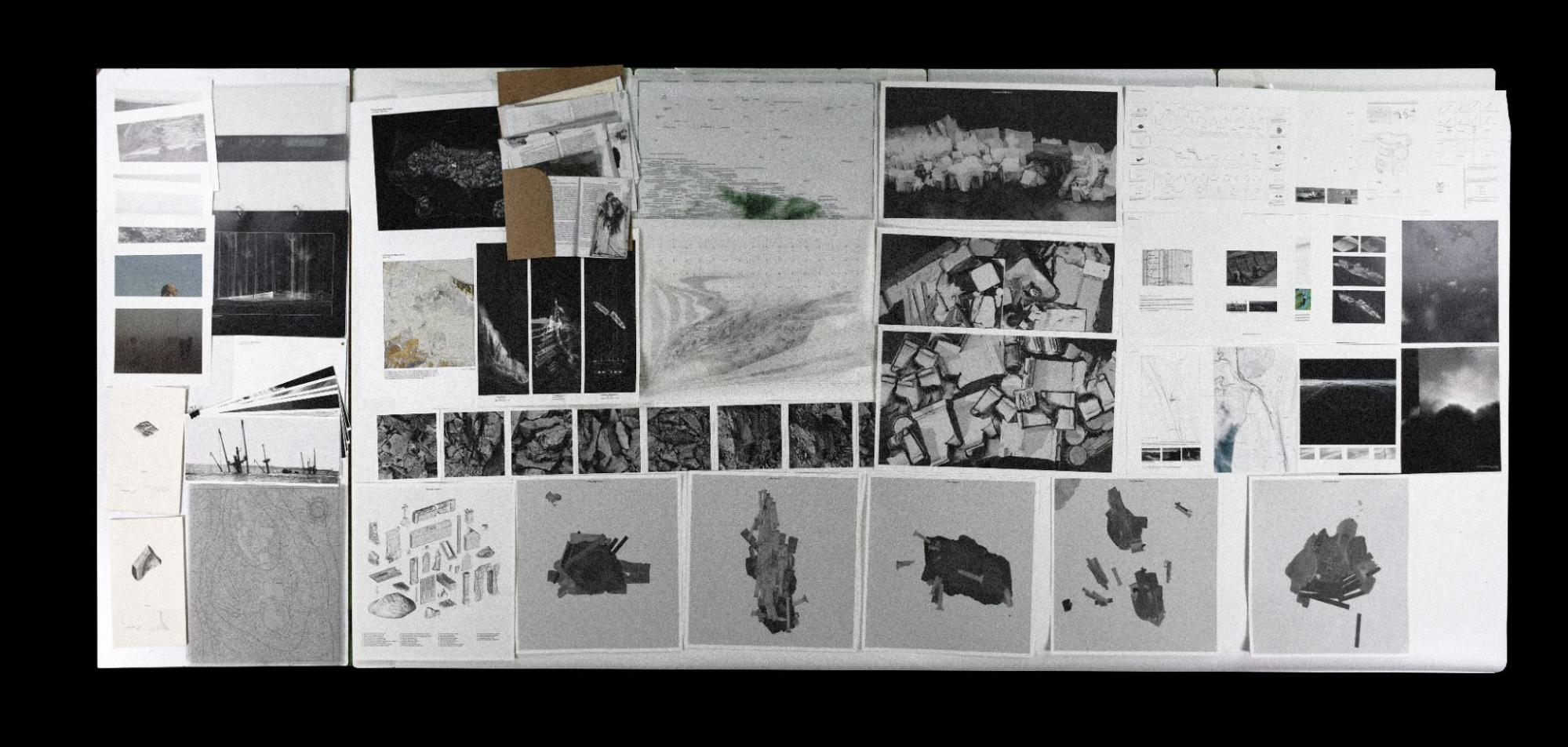
Gravity of Time (2023) marks the beginning of this sustained inquiry. Conceived as a tidal structure that surfaces and submerges with the sea, it rejects the spectacle of kinetic façades and instead frames responsiveness as registration. The architecture does not perform for the viewer; it records the story of surrounding context.
This sensibility is sharpened in Drifting Meridian (2024), where robotic tools inscribe fluctuations in the Earth’s magnetic field directly onto metal sheets. The result is neither representation nor metaphor. It is residue: a physical trace of a planetary process. While the project intersects with traditions of environmental sensing, its architectural significance lies in collapsing measurement and materialisation into a single action.
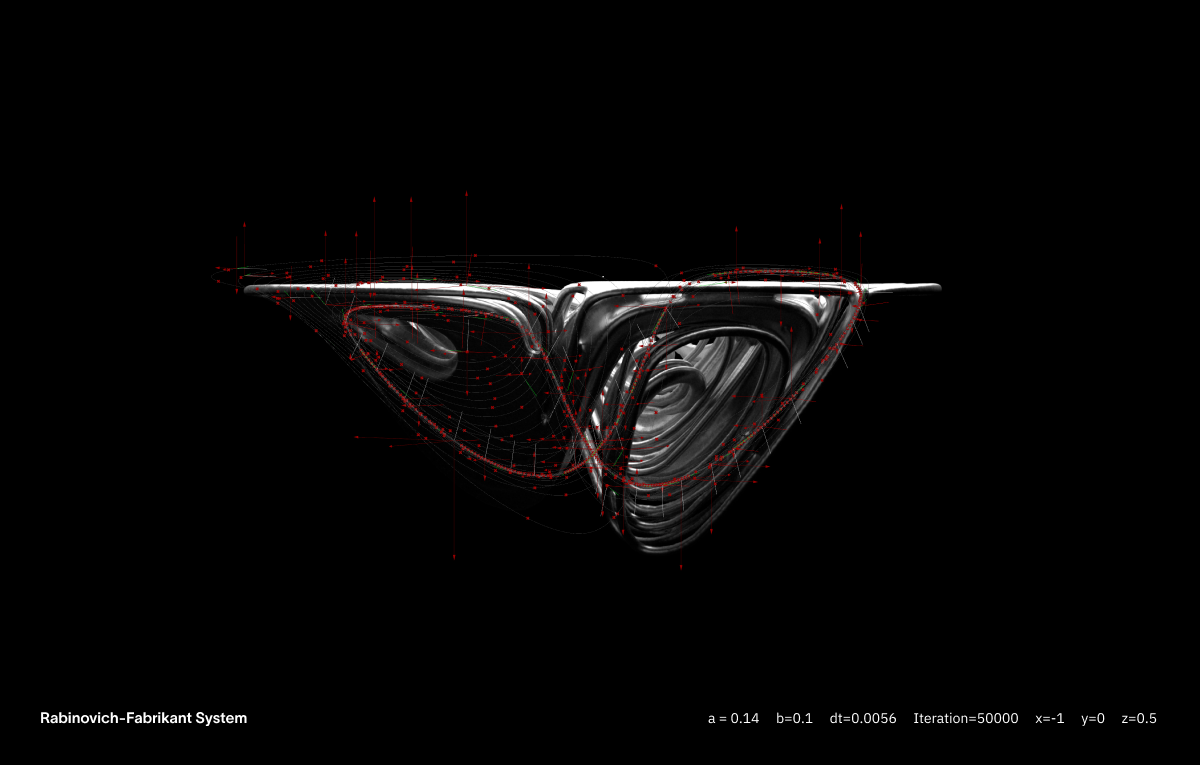
With Autogenesis (2024), Zhang advances his interest in distributed authorship. Particle simulations generate forms according to physical dogma; 3D printing transfers these behaviours into matter. The objects that emerge possess a coherence not attributable to a single author, suggesting a mode of form-finding in which designer, algorithm and material share agency. This raises a question increasingly relevant to contemporary practice: where design agency resides when intention is distributed.
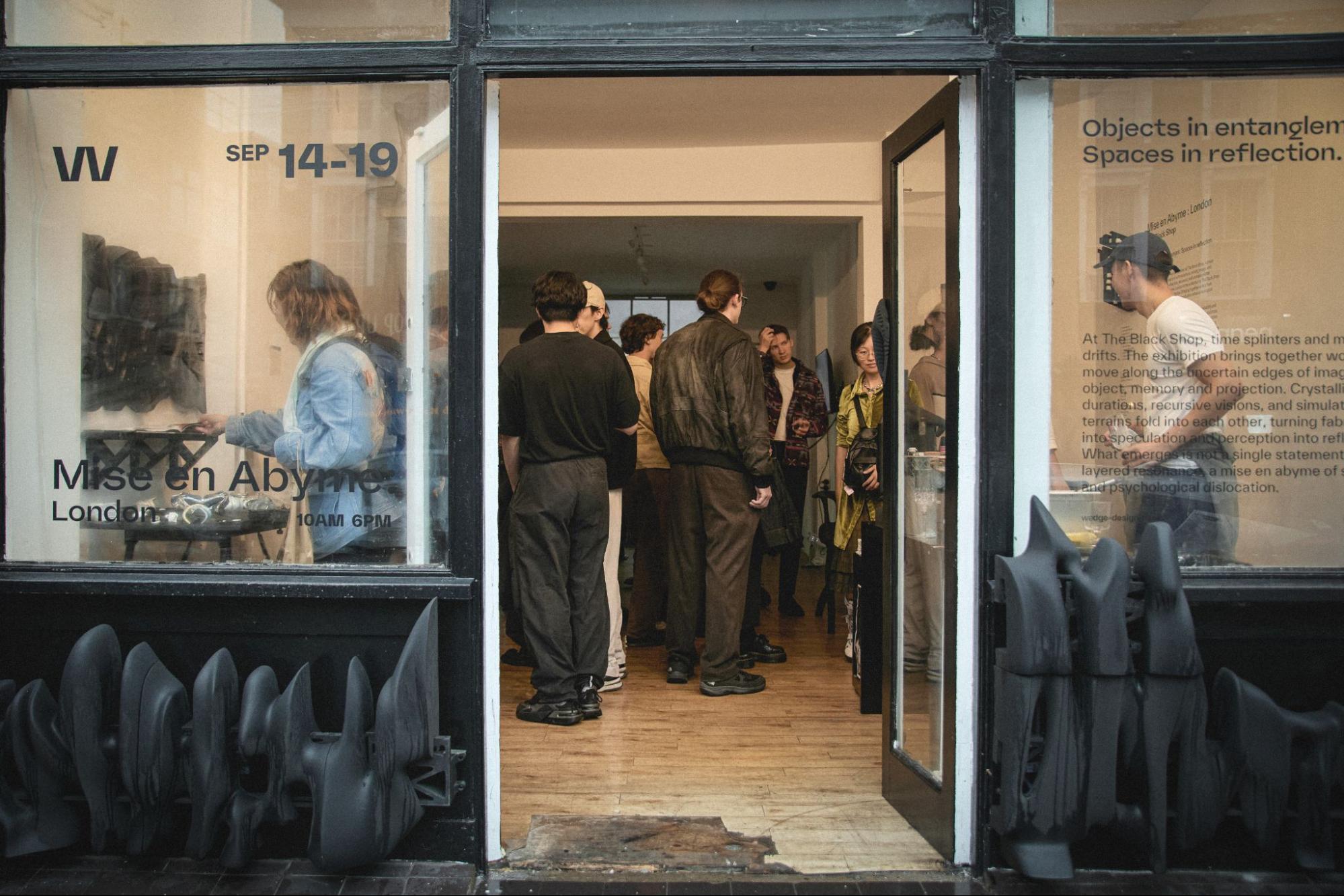
These investigations find architectural grounding in Wedge, the studio Zhang co-founded. Its Recurrence façade (2025) retains the irregularities produced by LiDAR scanning—glare, missing geometry, digital noise. Rather than smoothing these out, the project treats them as evidence of digital origin. It is a deliberate counterpoint to the polished expectations of contemporary façade design. More significantly, the crushing and reprinting of the quartz sand panels positions circularity not as an aspiration but as an operational method, reframing durability as the capacity for ongoing material reconfiguration.

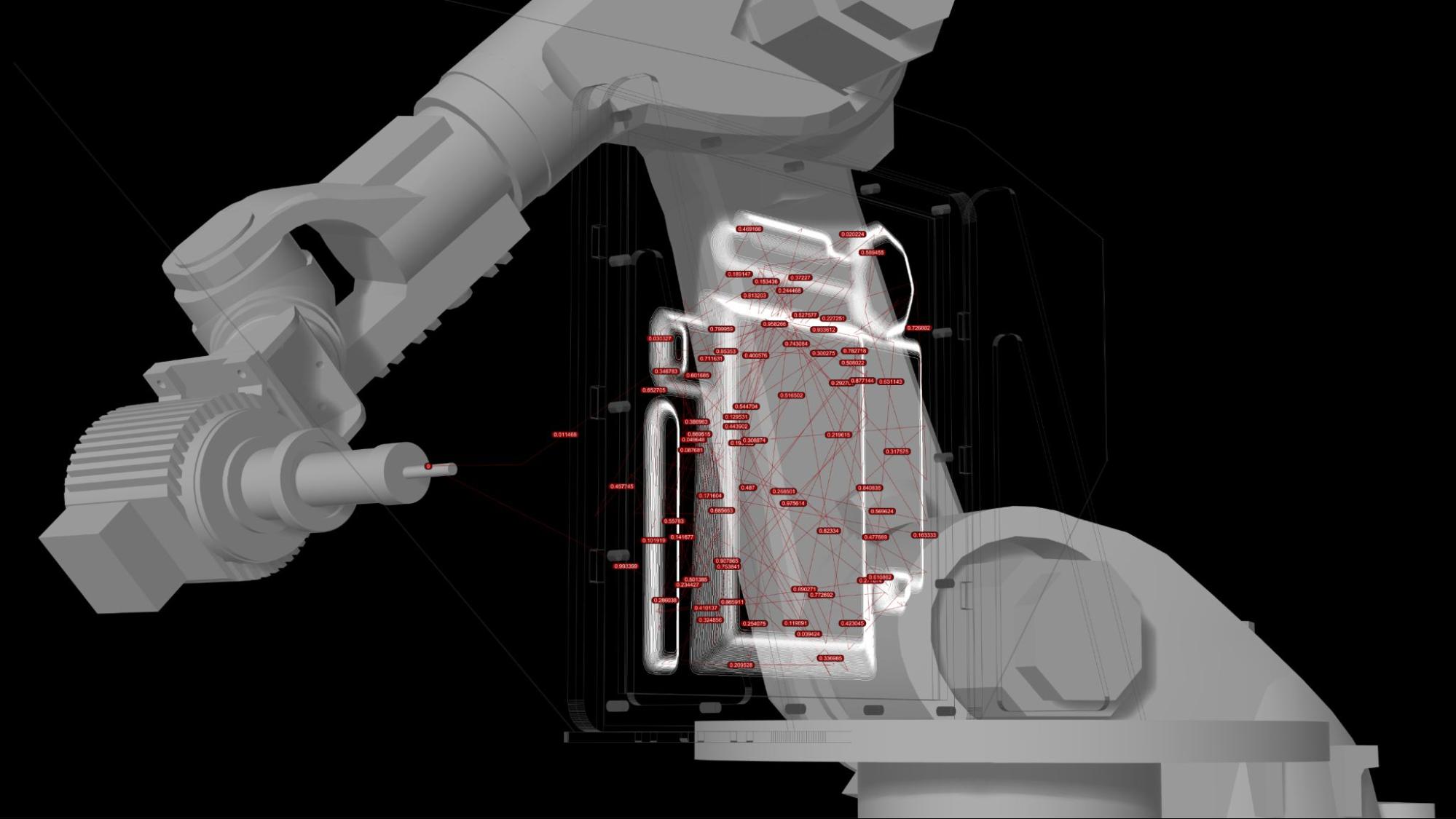
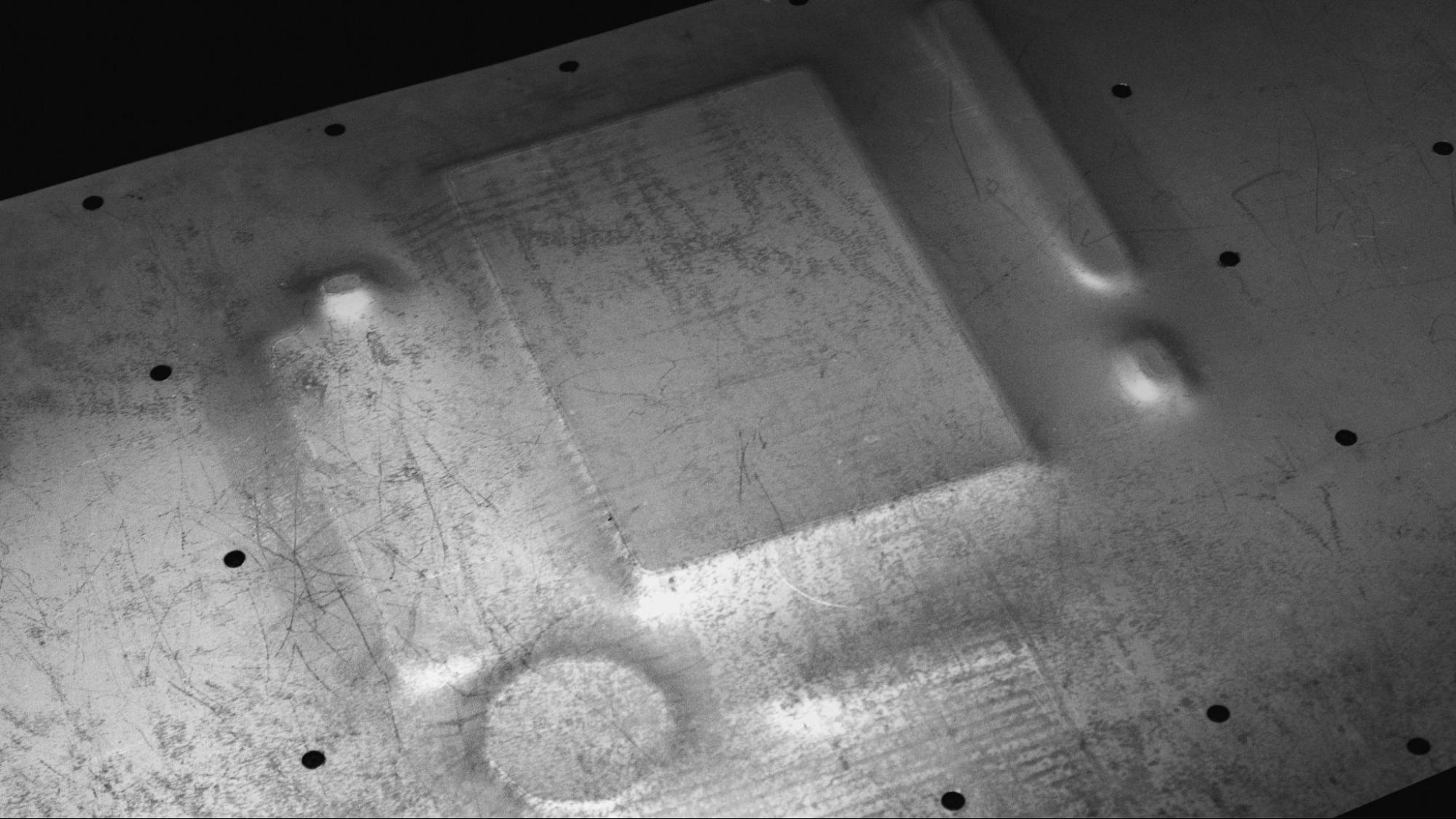
Projects such as Lumetron (2024) and Escritioir (2023) continue this line of inquiry by treating fabrication as inscription. Here, fluctuations in light, magnetism and motion are transcribed into texture both physically and digitally. These works intervene in the assumption that making is neutral. Each mark produced by the machine becomes a document of temporal conditions. In this sense, Zhang’s practice intersects with current discussions around digital craft while pushing them toward a more explicit engagement with temporality.
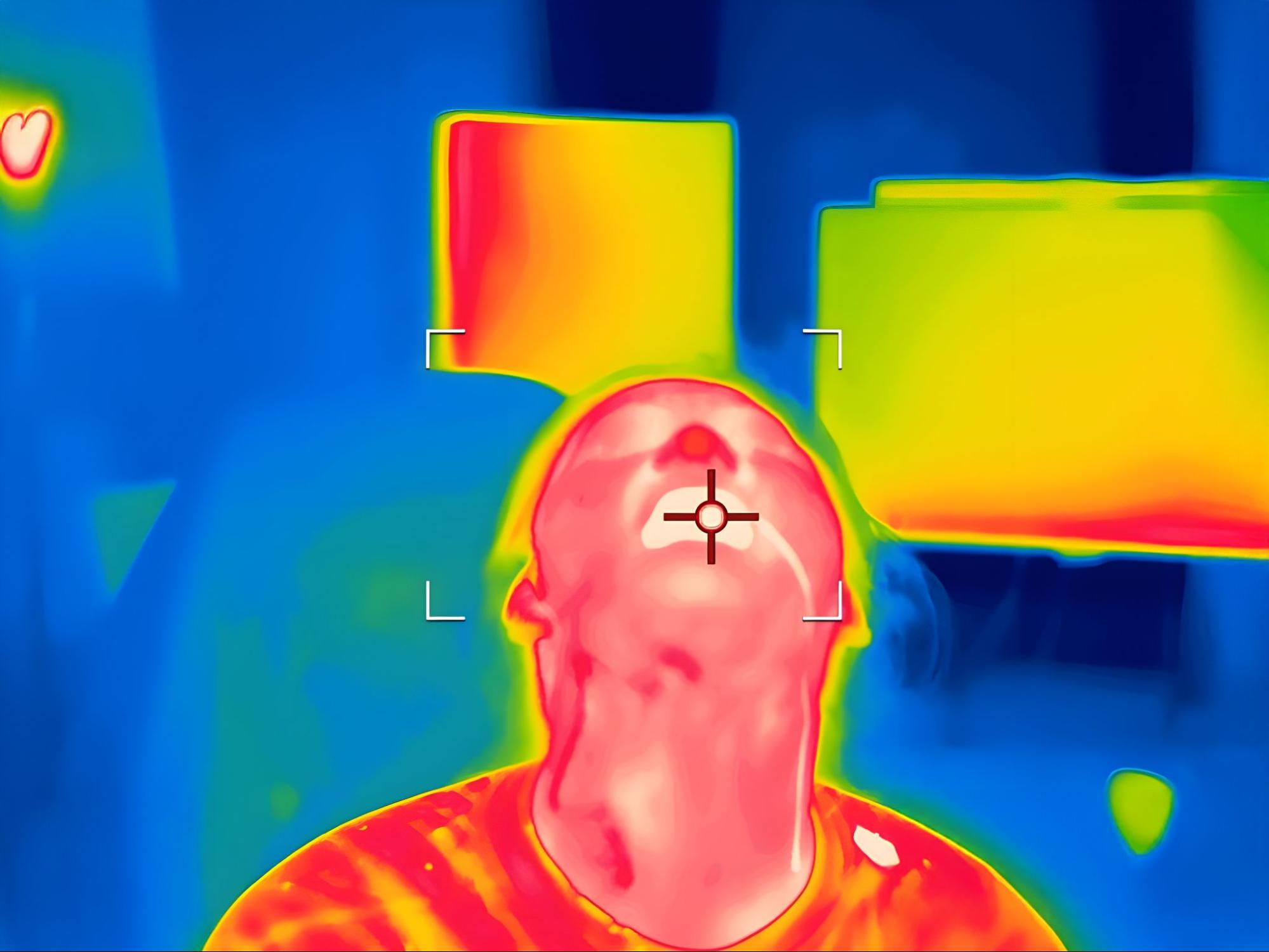
Taken together, the work of 1e-43 and Wedge forms a design practice embedded with a rigorous research ecosystem. Its distinctiveness lies in a refusal to treat architecture as separate from time. Zhang does not attempt to arrest instability of system or matter; he uses it. In a moment characterised by computational acceleration and environmental volatility, this shift away from permanence toward continuity reads not as provocation but as an increasingly necessary recalibration. His contribution is to make visible the forces architecture typically conceals, and in doing so, to suggest an alternative trajectory for the discipline—one in which buildings act less as fixed artefacts and more as experiences attuned to duration.
